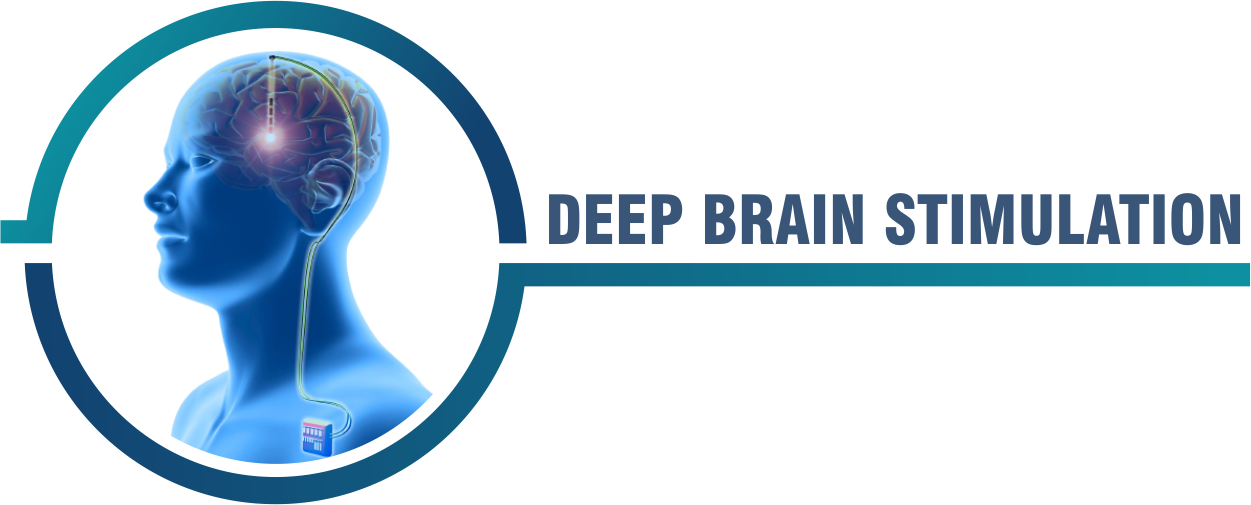
About Deep Brain Stimulation
Deep Brain Stimulation in India is often referred to as “the Brain’s Pacemaker.”
A surgical procedure known as deep brain stimulation (DBS) involves implanting electrodes in the brain and administering electrical impulses to stop or alter the aberrant activity that causes symptoms.
There are four components that make up the deep brain stimulation system:
• Leads: Tiny, insulated cables that link to brain electrodes.
• A Pulse Generator : It is a tiny device, similar to a pacemaker, that produces electrical pulses.
• Extensions: The device's electrical pulses are sent down lines that connect to the brain leads.
• Programming Device: The handheld programmer can modify the signals sent by the device and turn them on and off.
The process of deep brain stimulation involves implanting electrodes in particular brain regions. Electrodes are connected by wires to an implantable pulse generator, or pacemaker, which is implanted beneath the skin of the chest just below the collarbone.
Once activated, the pulse generator continuously delivers electrical pulses to the targeted brain regions, altering the aberrant activity that is causing symptoms. The heart pacemaker-like operation of the deep brain stimulation technology.
Symptoms
Dystonia
- Unintentional muscle contractions when doing specific movements (e.g. writing).
- Anxiety, exhaustion, and stress all contribute to muscle spasms.
- Short-term disorientation.
- Staring.
- Loss of consciousness.
- Uncontrollable jerking movements of the arms or legs.
- Regular emotional reactions including worry and fear.
Essential Tremor
- Tremor experienced when performing daily tasks like writing or drinking.
Obsessive-Compulsive Disorder
- Aversion to illness or germs.
- Excessive handwashing and cleaning; aggressive conduct toward others or oneself; and having everything in perfect symmetry or order.
- Compulsive counting.
- Thoroughly inspecting everything (e.g. oven is off, the door is locked, etc.).
Parkinson’s Disease
- Bradykinesia, which is a slowing of movement, and tremor.
- Strange walking.
Risk Factor
- Infections and sepsis.
- Internal bleeding or bleeding at the site of your incisions.
- Stroke.
- Headaches that make your body and face swell.
Some complications may arise as a result of the leads and pulse generator.
These include:
- Lead wires are coming away from the pulse generator or shifting in the wrong spot.
- The leads or pulse generator have failed.
- Ache or discomfort near the pulse generator
Investigations
Patients may receive care from a multidisciplinary team of specialists, which can include a neurologist, neurosurgeon, neuropsychologist, and psychiatrist. Patients with Parkinson's disease or tremors may be subjected to motor symptom testing while taking medication and without it in order to gauge the severity of their condition. With the use of electroencephalography and other contemporary techniques, epilepsy can be diagnosed. During the assessment, some patients might be subjected to neuropsychological testing. Patients with OCD are required to complete the Yale-Brown Obsessive-Compulsive Scale (YBOCs).
Prior to surgery, patients must go through the following procedures:
- Blood and urine tests are performed: Help to detect toxins and anomalies.
- MRI and/or CT scans: Imaging can help doctors target the right portion of the brain for symptom management.
| Procedure | India | Turkey | Dubai |
| (Price in USD) | (Price in USD) | (Price in USD) | |
| Deep Brain Stimulation (non-rechargeable) | 25000 | 29000 | 24000 |
| Parkinson's Disease | 25000 | 28000 | 22000 |
| Deep Brain Stimulation | 25000 | 28000 | 25000 |
Note : This is an approximate cost and may vary depending on various condition of the patient health after physical evaluation.
Treatment Options
Side Effects
- Feelings of numbness or tingling.
- Tightness in the face or arm muscles.
- Speech issues.
- Balance issues.
- Lightheadedness.
- Issues with the eyes, such double vision.
- Unwanted mood swings, including despair and rage.
Benefits
Success Rate
However, patient satisfaction remained high (92.5% were satisfied with DBS, 95% would suggest treatment, and 75% believed it controlled their symptoms). CONCLUSIONS: DBS for Parkinson's disease is connected to a 51% 10-year survival rate.
